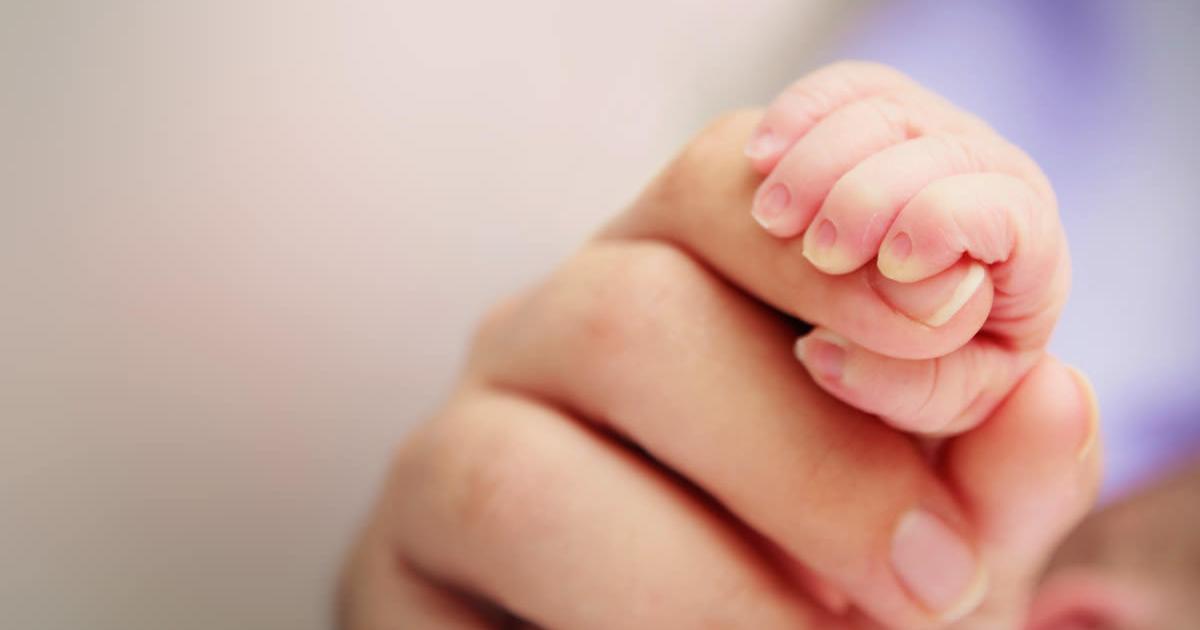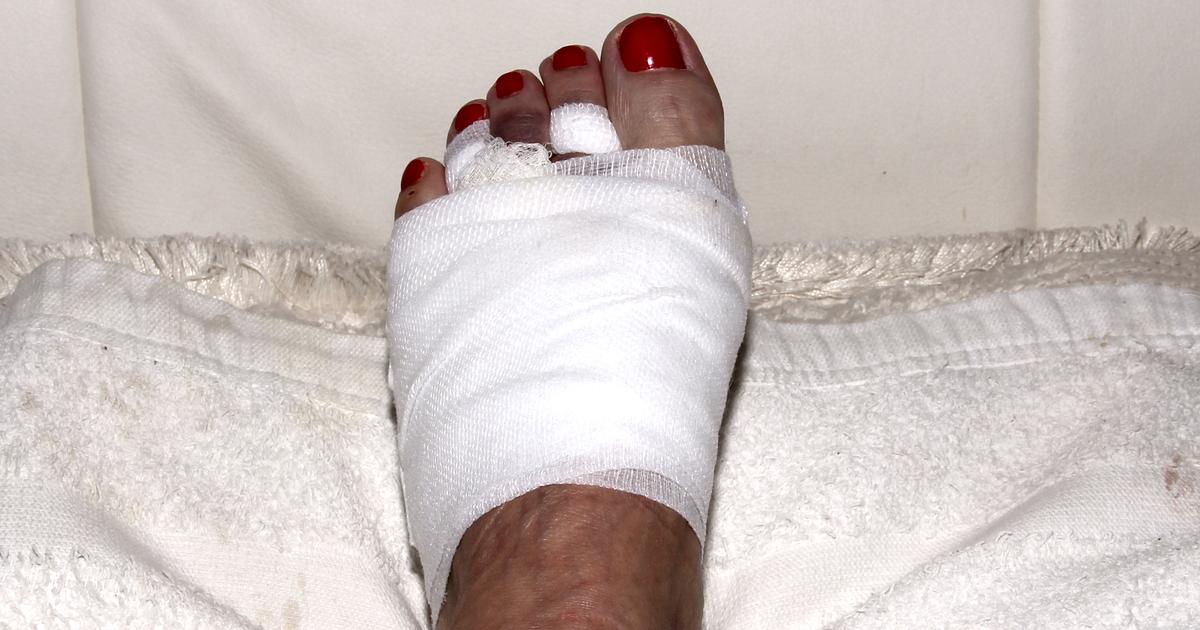Guide To The Causes And Complications Of Bunions
Bunions refer to bony and painful bumps that develop inside the foot at the joint of the big toe. This condition develops slowly over time when ongoing pressure on the joint of the big toe makes the toe lean unnaturally closer to the second toe. As this leaning continues, the bone structure changes, which causes a bump. The bump gets bigger over time, and eventually, it becomes painful to walk and wear shoes. Although anyone can develop a bunion, they are more commonly found in women.
Bunion treatment often begins with wearing wider shoes to accommodate the bunion. This can help relieve bunion pain. Patients with bunions that hurt can also take pain medication, such as ibuprofen. Cortisone injections for bunion pain may also help. Some patients may have bunions on both feet. In addition to proper shoes and pain medication, physical therapy for bunions can help too. Many patients also benefit from cool compresses and shoe inserts for bunions. Surgery for bunions is only recommended when the pain is interfering with an individual's daily activities. Of course, it is worth patients understanding the causes and complications of bunions first.
Foot Injuries
Foot injuries and stress on the foot can lead to a bunion. If individuals wear narrow shoes that squeeze their toes, the big toe is more likely to be pushed toward the second toe. This squeezing causes an injury that, over time, leads to the development of a bunion. A bunion occurs when the first metatarsal bone found in the foot pushes outward, causing the big toe to point inward, which leads to a bump.
Any injury caused by compression to the foot can lead to a bunion. With that said, bunions typically develop due to repeated stress on the foot over time. Toes wrapped too tightly while an individual is recovering from a foot injury can lead to a bunion. If an individual's shoes are narrow enough to cause pain when they wear them, especially when they wear them for long periods, they may cause a bunion. Bunions are most likely to develop when the foot is squeezed into a narrow shoe.
Read more about the causes and complications of bunions now.
Congenital Deformities

Some bunions can be the result of congenital deformities. In these cases, the bunions may not develop over time and may instead be part of the foot's natural shape. Congenital deformities also increase an individual's risk of developing a bunion. Even if the bunion is not present at birth, the foot bones of someone with congenital deformities may be more likely to shift with pressure than someone without the deformities. Two types of bunions have been identified by experts: congenital and acquired. A congenital bunion is acquired. The majority of patients with this bunion notice it during their teen years.
Many congenital bunions are non-progressive, which means they do not worsen over time, unlike acquired bunions. As long as a congenital bunion does not cause pain, it can be supported by a properly fitted shoe without needing surgery. Some individuals with congenital bunions may benefit from orthotics. However, as long as the right footwear is used, congenital bunions are unlikely to cause ongoing painful symptoms for the patient.
Uncover more causes and complications associated with bunions now.
